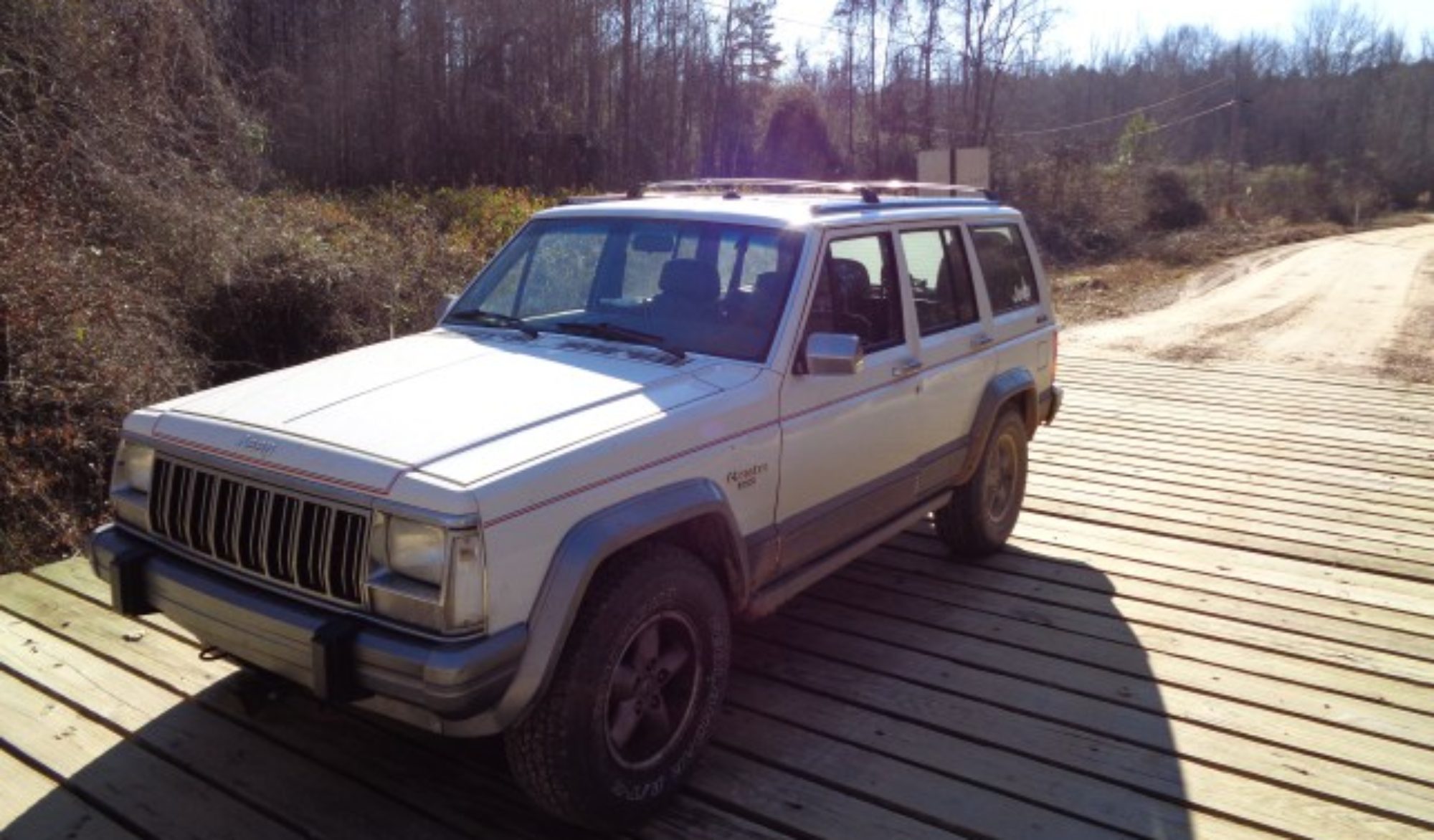Installing Air Shocks on a Jeep Cherokee
I have been running the Gabriel Hijacker air shocks on the rear of my Jeep Cherokee for 15 years or so. But the bags have developed leaks and no longer stay aired up. I searched for replacements but I could not find a replacement listing for the High Jackers for my Jeep. I did however find a listing for the Monroe Air Adjustable shocks.
I got my set through Amazon, although Advance Auto carries them as well. They are sold as a set of two so don’t get confused when ordering.
The Monroe shacks came with all the air lines and fittings needed to install them. There were also some extra bolts in the box that are not used on the Cherokee. I guess these shocks are also used in other applications.
The toughest part of changing the rear shocks on a Cherokee is removing the upper bolts. These are little 8mm bolts with 13mm heads. They are exposed to road salt and are in a hidden pocket in the unibody. So they are easy to break. I always begin by tightening them just a bit. This seems to help break the corrosion bond. Then I carefully work them out. I use a 3/8 ratchet with lots of extensions so I can get a good feel of how the bolt is turning. If it sticks, I run it back in a bit.
You can help loosen the corrosion by spraying something like PB Blaster or Liquid wrench into the space above the bolt. It is difficult to get to the actual bolt however.
If, you do break a bolt, there are several ways to fix it. You can drill through and put a nut on top or weld on a bar pin eliminator made out of an old sway bar bracket.
I was able to get all four of my bolts out intact. I then removed the lower 18mm nut and slipped the old shocks off the pins. I removed the old air lines from the High Jackers.
The Monroe shocks seemed a tad shorter than the Gabriel shocks and I had to lift the axle just a bit to make them reach. I started the top bolts first and then set the bottom on the pin. I put bolted up both shocks before attaching the air lines.
The new shocks came with a complete air line kit. I elected to retain my old air lines however. At first I had trouble getting the lines to seal at the shocks. After a couple of tries I noticed that the installation kit had O rings in it. Once I installed the O rings the old lines sealed just fine in the new shocks.
The air shocks give me adjustability and just enough lift to help keep it off the bump stops. It also helps to adjust for the trailer tongue weight as well.

